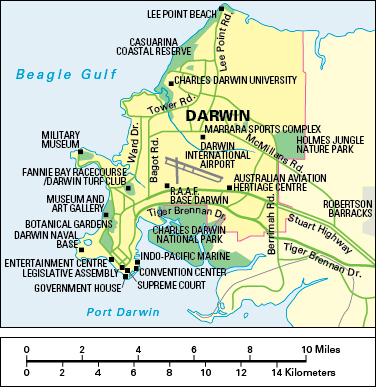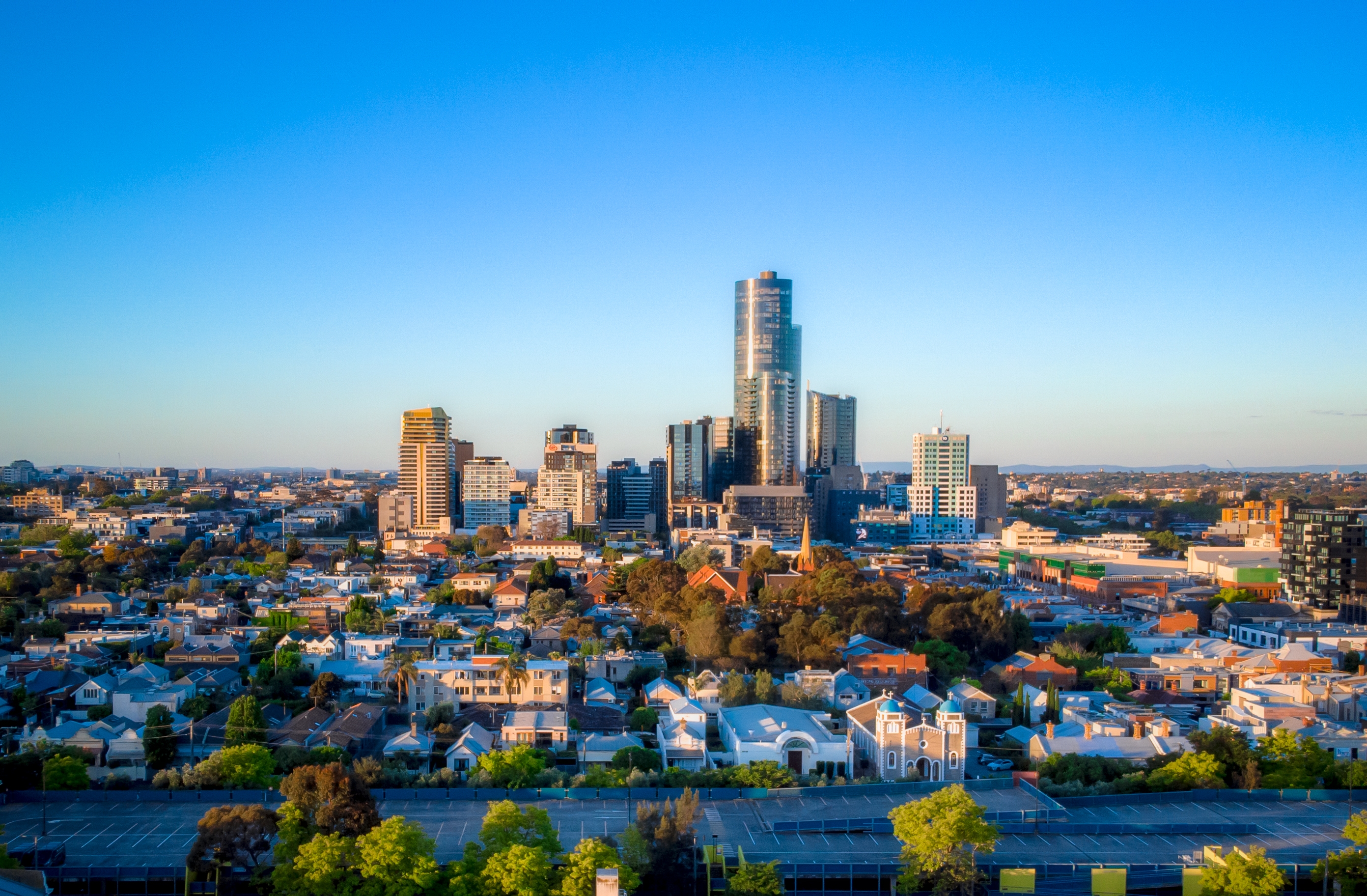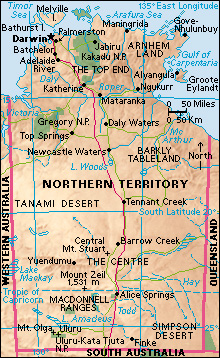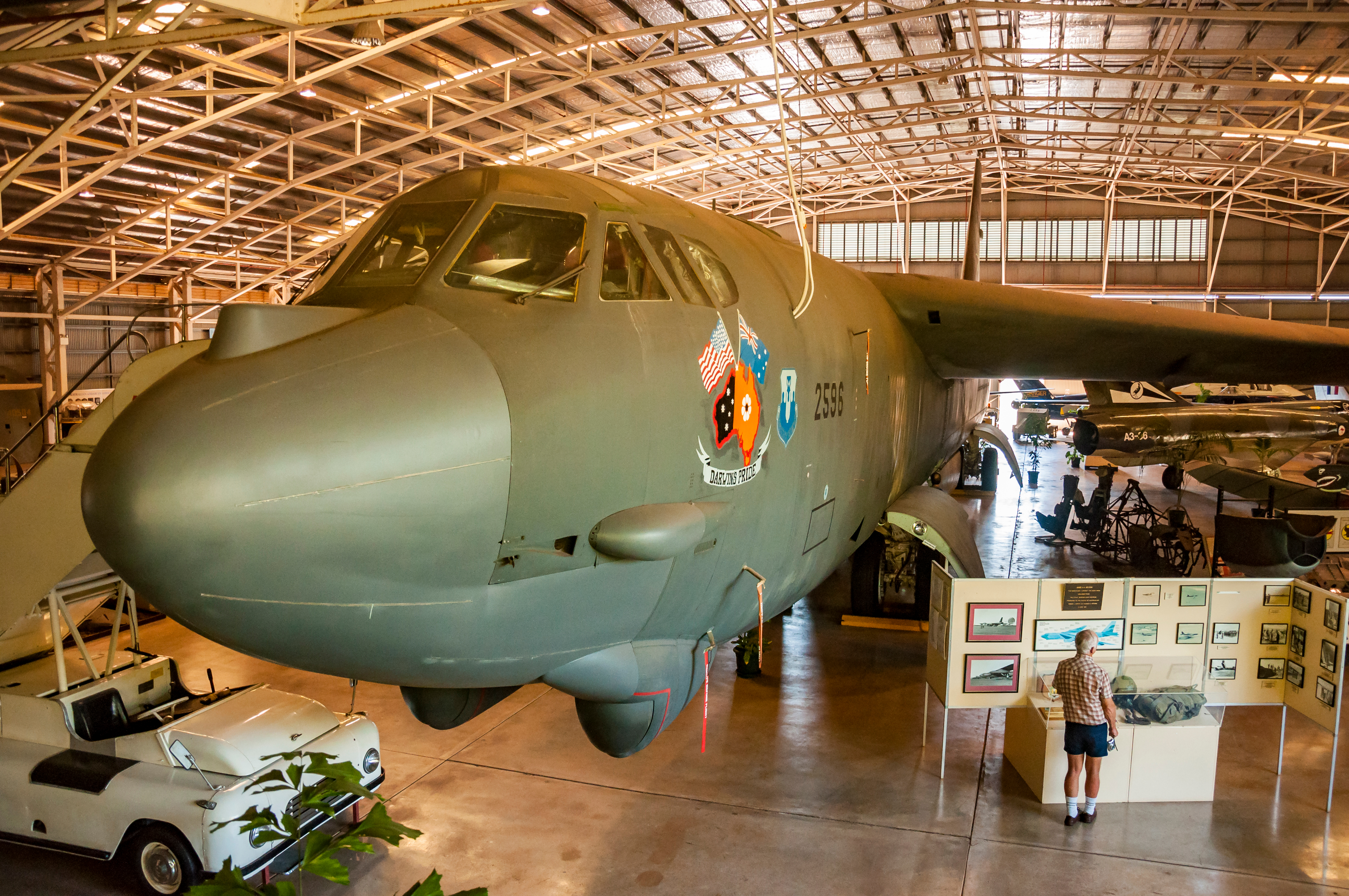Darwin (pop. 122,207; met. area pop. 139,902) is the capital and administrative center of Australia‘s Northern Territory. The city lies on Australia’s northern coast on the Beagle Gulf, an arm of the Timor Sea. Darwin’s nearness to Asia makes it an important link between that continent and Australia. Many immigrants from Asian countries have settled in the city. Darwin is an important terminal of air, road, and sea transportation, and of telecommunications. The Australian armed forces operate several bases in Darwin, including the Royal Australian Air Force Base Darwin and the Darwin Naval Base. The army operates Larrakeyah Barracks in Darwin and Robertson Barracks a short distance outside the city.

The city
center of Darwin, known as Darwin City, is on a small peninsula that extends into Port Darwin. The city’s suburbs stretch about 9 miles (15 kilometers) outward from the city center to form the Municipality of Darwin. The suburbs lie generally to the northeast of the city center, and Darwin Harbour lies to the southeast. The municipality covers about 55 square miles (140 square kilometers). 
People.
Darwin’s people represent over 70 ethnic groups. Ethnic groups with a strong presence in the city include people of Chinese, Filipino, Greek, Indian, Italian, Malaysian, Thai, and Vietnamese ancestry. Aboriginal people and Torres Strait Islander people make up about 10 percent of the population. About one-third of Darwin’s residents have been born outside of Australia. The top countries of birth include India, New Zealand, the Philippines, and the United Kingdom.
Education and culture.
Darwin is home to Charles Darwin University, the major institution of postsecondary education in the territory. The university offers both academic and vocational courses of study. Batchelor Institute of Indigenous Tertiary Education (formerly Batchelor College) has a branch in Darwin. The city has several public libraries.

Darwin is home to a number of noteworthy cultural institutions. The Museum and Art Gallery of the Northern Territory includes cultural items and artwork representative of Aboriginal, Pacific Island, and Southeast Asian cultures. It also has local and natural history exhibits. The Darwin Entertainment Centre complex, supported by the municipal and territorial governments, houses two theaters and an exhibition gallery for the visual arts. The Darwin Symphony Orchestra is noted for its impressive outdoor musical concerts. Darwin is also home to several other theaters and theater companies, including Brown’s Mart Theatre and the Darwin Theatre Company.
Darwin’s Marrara Sports Complex provides facilities for a variety of sports. The Fannie Bay Racecourse/Darwin Turf Club is a place for horse racing. The Darwin City Council maintains many suburban parks throughout the municipality, and several national parks lie within a day’s driving distance of the city. Many tropical plants are on display at the George Brown Darwin Botanic Gardens. Indo Pacific Marine is an aquarium that displays living coral ecosystems. The Australian Pearling Exhibition shows the history of the pearling industry in the waters off northern Australia.
Economy.
Darwin is the Northern Territory’s chief port. Its deepwater harbor handles many types of ships and cargo. The city is an important shipping link between Australia and Southeast Asia. It serves as the business and shipping center for many regional industries, including mining, the development of petroleum resources, cattle production, cropping (a type of farming), fishing, and horticulture (the growing of flowers, fruits and vegetables).

Tourism is a growing industry in Darwin. Government employees make up a large part of the city’s workforce. In addition, Darwin’s defense industry plays an important role in the city’s economy. Spending by military personnel stationed in Darwin provides financial support to local businesses.
Darwin International Airport links the city to Australian and overseas locations. Interstate buses operate between Darwin and other capital cities. Public buses provide transportation within Darwin. All-weather roads connect Darwin to capital cities to the south. In 2003, workers completed a north-south transcontinental railway that links Darwin with Adelaide in the state of South Australia.
Government.
The Darwin City Council governs the Municipality of Darwin. The council consists of 13 members—the lord mayor and 12 aldermen. Voters in four electoral wards (districts) elect the council members to four-year terms. A chief executive officer is responsible for carrying out the policies of the City Council.
History.
Aboriginal people lived in the Darwin area before the arrival of Europeans. The Larrakia people, who call themselves the Saltwater People, are the traditional Aboriginal inhabitants of what is now Darwin. The Aboriginal name for Darwin is Garramilla, which means white stone in the language of the Larrakia people. The name refers to the white stone cliffs around Darwin Harbour.
In 1839, the British seaman John Lort Stokes of the H.M.S. Beagle became the first European to land at Darwin’s harbor. Stokes named the port in honor of the British naturalist Charles Darwin. Darwin had served with a British scientific expedition aboard the Beagle from 1831 to 1836.
Attempts at European settlement in the Darwin area were unsuccessful until 1869. That year, George Woodroffe Goyder, the surveyor general of South Australia, led a survey expedition to lay out a settlement at Port Darwin. The first group of settlers arrived at the end of the year. The settlement was named Palmerston, after Viscount Palmerston, a former British prime minister. At that time, the state of South Australia governed the Northern Territory, including Palmerston.
In 1870, workers began building the Overland Telegraph line between Adelaide and Palmerston. The telegraph line was completed in 1872 and was linked to an underwater cable connecting Palmerston to Indonesia. This connection enabled Australians to communicate with the rest of the world. In December 1870, workers building the telegraph line discovered gold at nearby Pine Creek. Additional small discoveries followed, and a gold rush began in 1972. Gold seekers continued to arrive into the 1880’s. In 1911, the Australian federal government assumed control of the Northern Territory and changed Palmerston’s name to Darwin.
During World War II (1939-1945), Darwin became an important military base for Allied forces fighting against the Japanese in the Pacific. Thousands of military personnel were stationed along Australia’s northern coast. Darwin was bombed dozens of times during the war, and many early buildings were destroyed. 

In 1957, the government of the Northern Territory made Darwin a municipality, and in 1959, it declared Darwin a city. On Dec. 25, 1974, Cyclone Tracy devastated Darwin, killing more than 60 people and damaging or destroying most of the city’s buildings. The Darwin Reconstruction Commission rebuilt the city during the late 1970’s. Building projects completed during the 1990’s included the opening of a new Supreme Court Building in 1991 and a new Parliament House in 1994.
In 2003, a north-south transcontinental railroad linking Darwin and the city of Adelaide in South Australia was completed. The railroad went into operation in 2004.
The Darwin area was impacted by Cyclone Carlos in 2011 and Cyclone Marcus in 2018. Early 2020 brought the health care and economic challenges of the COVID-19 pandemic (worldwide epidemic) to the Northern Territory, as it did to other regions of Australia and the world. Australia’s federal, state, and territorial governments took action to try to limit the spread of the disease and to ease the financial hardships caused by it.
